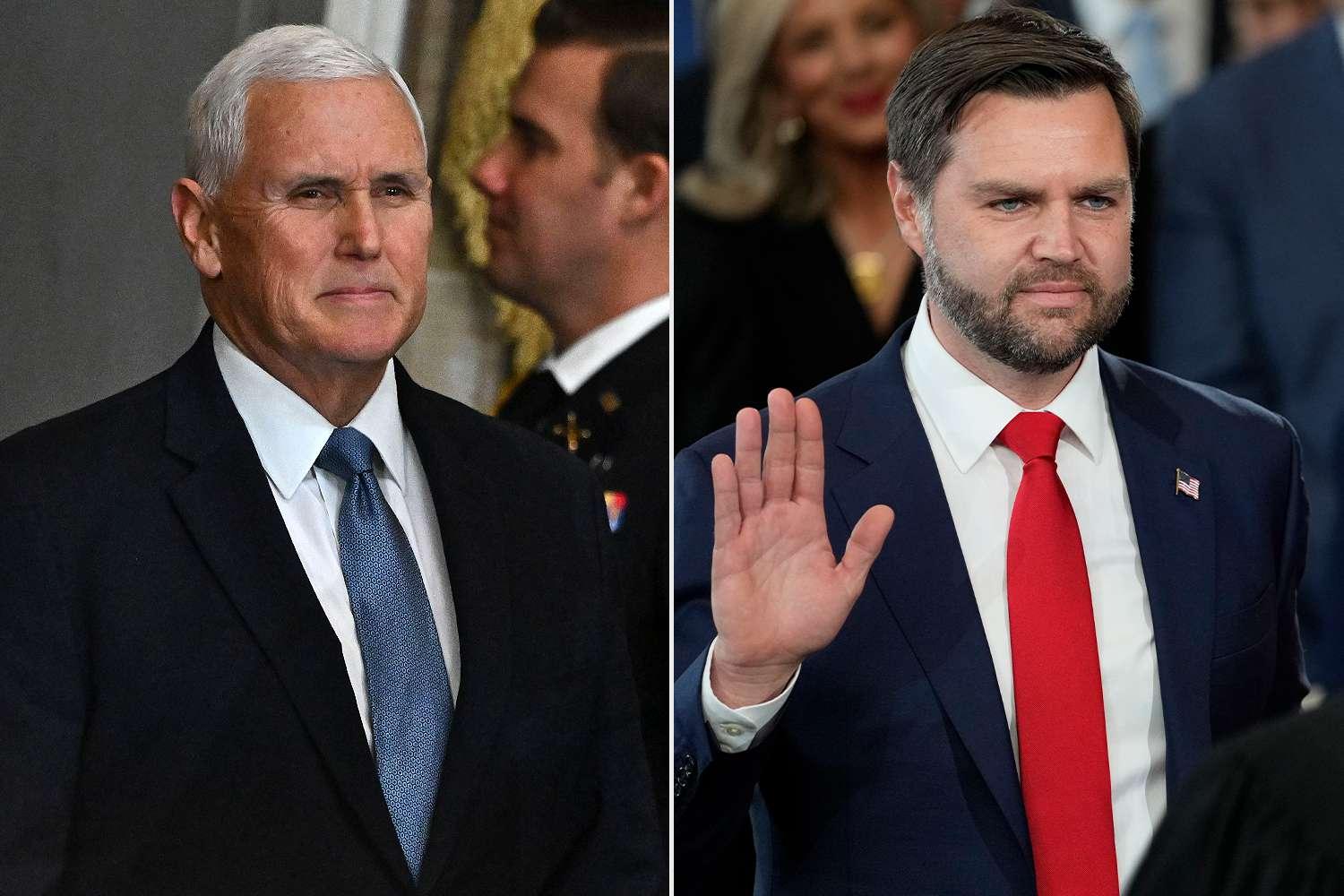On January 20, 2025, former Vice President Mike Pence stood in the U.S. Capitol, watching as J.D. Vance, a 40-year-old Ohio senator, took the oath of office as Donald Trump’s new vice president. The moment, steeped in political irony, came exactly four years after the January 6, 2021, Capitol riot, a day that fractured Pence’s relationship with Trump and saw rioters chanting “Hang Mike Pence” for his refusal to overturn the 2020 election results. Pence’s presence at the inauguration, without his wife Karen, underscored the complex dynamics of loyalty, betrayal, and redemption within the Republican Party.

Pence’s attendance was a nod to tradition, as outgoing vice presidents often witness their successors’ swearing-in. Yet, the setting was charged with history. On January 6, Pence, as Senate president, upheld his constitutional duty to certify Joe Biden’s victory, defying Trump’s pressure to reject electoral votes. Trump’s tweet that day, claiming Pence “didn’t have the courage” to act, inflamed the mob, bringing rioters within 40 feet of Pence, who was rushed to a secure loading dock for nearly five hours. Trump’s alleged response to Pence’s peril—“So what?”—further highlighted their rift, as detailed in a 2024 Justice Department filing.
Vance, by contrast, has positioned himself as Trump’s unwavering ally. Named Trump’s running mate on July 15, 2024, at the Republican National Convention, Vance has publicly supported Trump’s election fraud claims, stating he would have backed alternate electors in 2020, a stance Pence rejected as unconstitutional. Vance’s loyalty, coupled with his appeal to working-class voters through his Hillbilly Elegy fame, made him a strategic pick to energize the MAGA base in Midwest battleground states. His confrontational style, seen in his February 2025 clash with Ukraine’s Volodymyr Zelensky, contrasts with Pence’s measured evangelical conservatism.
The ceremony marked a rare encounter between Pence and Trump, their first since a brief, polite exchange at Jimmy Carter’s funeral on January 9, 2025. Pence, who ran against Trump for the 2023 Republican nomination but failed to gain traction, has since distanced himself, criticizing Trump’s “reckless words” on January 6 as endangering his family. Yet, he attended the inauguration, signaling respect for institutional norms, even as Karen Pence’s absence hinted at lingering tensions—evident when she declined to shake hands with the Trumps at Carter’s funeral.
Vance’s ascent reflects Trump’s shift toward a more combative, populist inner circle. While Pence was chosen in 2016 to court evangelicals, Vance embodies the post-January 6 GOP, unapologetically aligned with Trump’s vision. Critics, including Vice President Kamala Harris, have warned that Vance’s willingness to prioritize Trump over constitutional duty poses risks, especially if he presides over future electoral certifications. For now, Pence’s quiet presence at the Capitol, watching Vance assume the role he once held, serves as a poignant reminder of the GOP’s transformation and the enduring scars of January 6.






